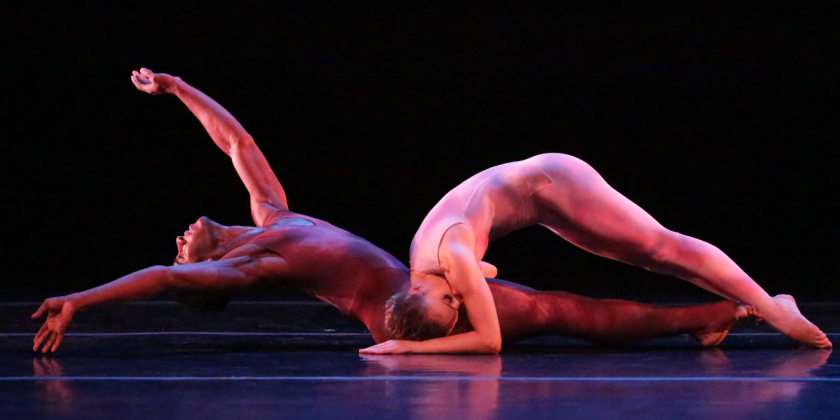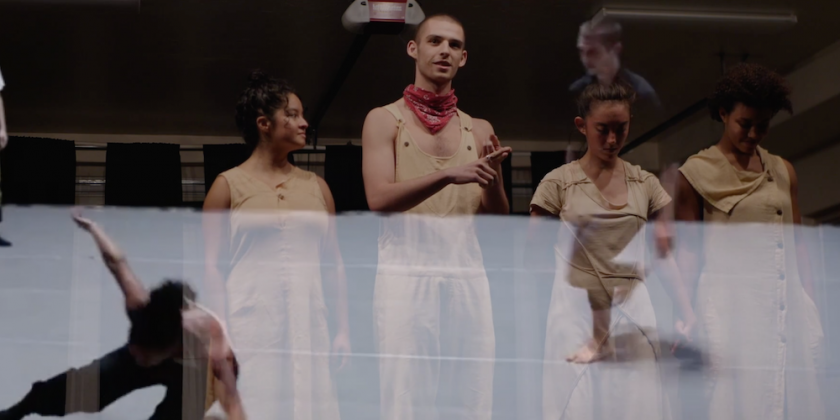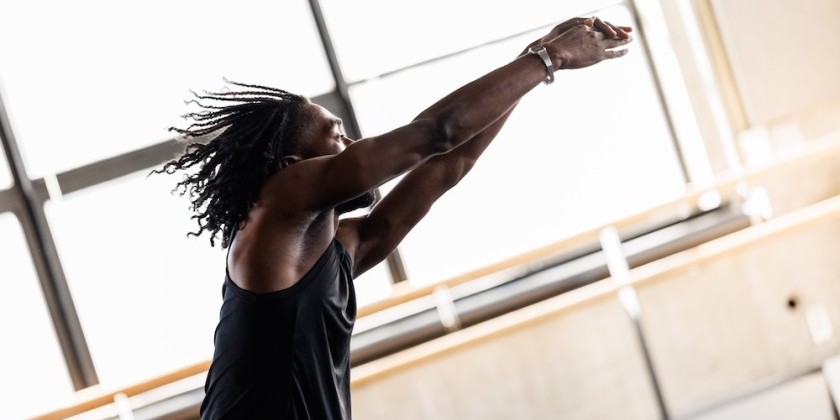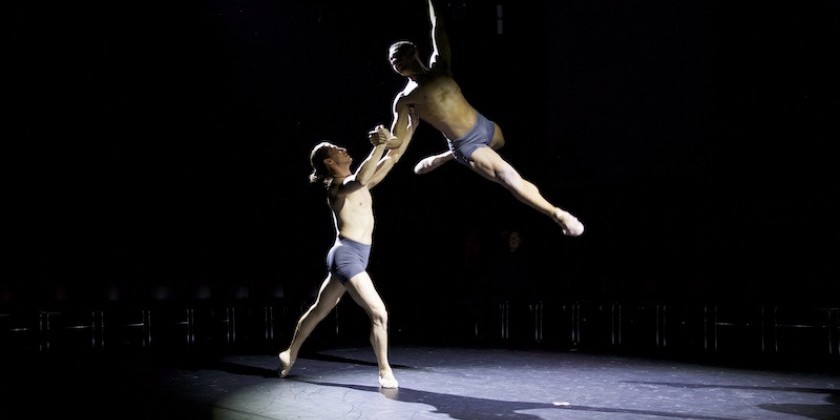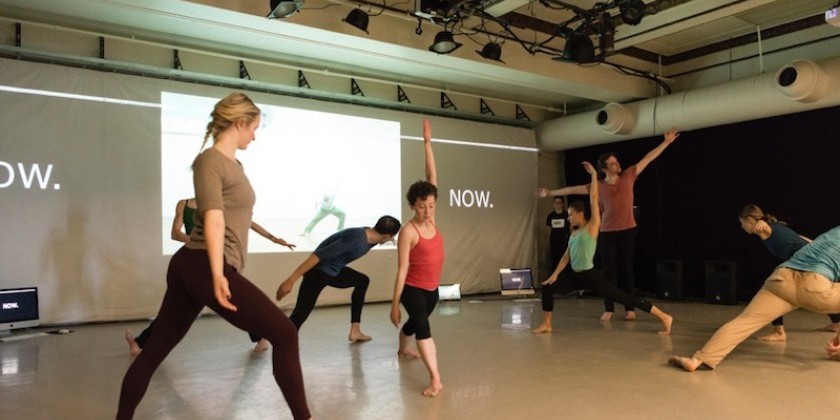Dance: Broadway (and Off-Broadway) Stage and Screen: "Maurice Hines Tappin' thru Life"
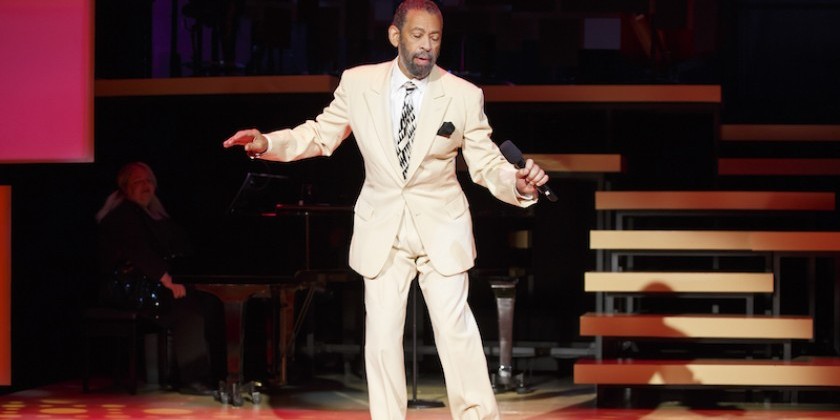
A New Song and Dance Musical
Maurice Hines Tappin' thru Life: A New Song and Dance Musical
opens at New World Stages, 340 W. 50th Street, on Monday, 11 January, at 7 p.m.
For tickets, go to tappinthrulife.com or call Telecharge, 212-239-6200 or 800-447-7400
When the Apocalypse comes, theatergoers could well hope to be ensconced in one of the five Off-Broadway theaters that comprise the Hell's Kitchen complex known as New World Stages. All of those new worlds (plus an ample Green Room stocked with spirits) are located deep underground, within the footprint of what was once New York's third Madison Square Garden (1925-1968). But don't confuse the underground with an underworld. Nearly a decade ago, Eartha Kitt, at 80, in a sizzling red gown, played a cameo role there in Mimi le Duck and won raves that could be read from the Hubble.
On January 11th, the dapper singer-tapper-choreographer Maurice Hines, his group of five young bravura hoofers, and his all-female band of a nine instrumentalists (Sherry Maricle and The Diva Jazz Orchestra), will dance to and play American standards in this historic real estate with the opening night of the run of Tappin' thru Life, the latest edition of his autobiographical show, which has been developed over some five years.
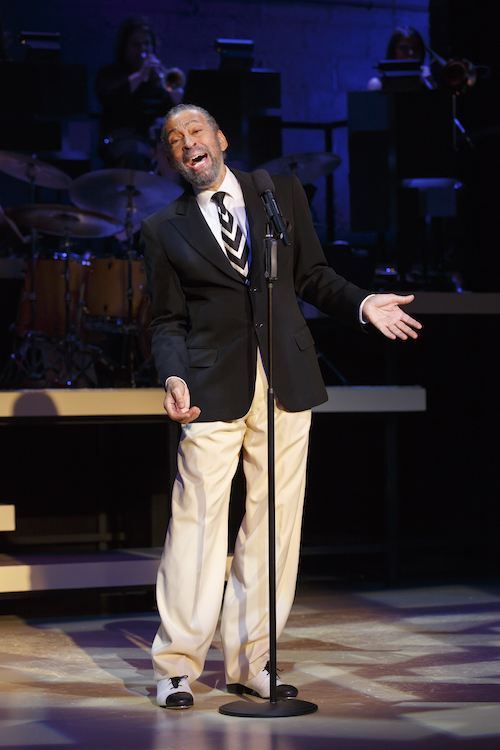
Just before Christmas, some of the arts press were invited to a morning program of brief excerpts. In this version, the 72-year-old Hines, who has the plumb line posture of a West Point cadet, is both headliner and youthfully vigorous subject. We learn some of his and his family's rich biographies, for instance, about the tap training of him and his late younger brother, Gregory, by the legendary Henry LeTang, who immediately recognized that the brothers were dance prodigies. (They made their joint Broadway debuts in the musical The Girl in Pink Tights, choreographed by Agnes de Mille, when Maurice was five and Gregory three.) For a couple of decades, the brothers were, first, an in-synch sibling act, modeled on The Nicholas Brothers, and then they performed in a family trio with their drummer-dad, Maurice Hines, Sr.
Eventually, Gregory split off to find himself (earrings, tattoos, odd jobs by the ocean in Southern California), but he seems to have been fated for stardom: one casual audition and he was back on track to become a luminary of stage, screen, and experimental concert tap until he succumbed to liver cancer, in 2003, at the age of 57. Maurice, meanwhile, maintained a solid entertainer's career in show business, including very well-reviewed recordings of his singing. (Among his mentors in singing, when he was still a kid, was Ruth Brown, in 1954, at the Apollo.)
What was especially welcome about the press preview was its understated, reportorial aspect: that Hines (directed by Jeff Calhoun) paid real reverence to his brother and also, without fanfare, gave himself his own due. The music is crafted, with original arrangements by bandleader Maricle and, for the Frank Sinatra centenary celebration segment, Sinatra's original arrangements of the songs, among them by Nelson Riddle.
In Tappin' thru Life, Hines, who wrote the show himself, is also the host-mentor during its running time for two sets of talented siblings — the Manzari brothers (John and Leo) and the Ruth sisters (Devlin and Julia) — and for a soloist with microbeating feet, 17-year-old Dario Natarelli. The five younguns range in age from 14 (Julia Ruth) to 21 (the Manzaris); like their mentor, they specialize in heel-dropping rhythm tap, their knees bent slightly and their percussing feet kept close to the floor as they produce fusillades and lyrical meters, sounds bursting and susurrant, unpredictably syncopated combines of upbeats and downbeats and offbeats. My favorite moment in the preview came when one of the young brothers set forth half of a chattering musical phrase and one of the sisters finished it, taking the chatter down to a whisper by tracing a half-moon shape along the floor with the lightly dragged toe of one shoe. During a brief conversation with Hines afterwards, I asked him if that was choreographed.
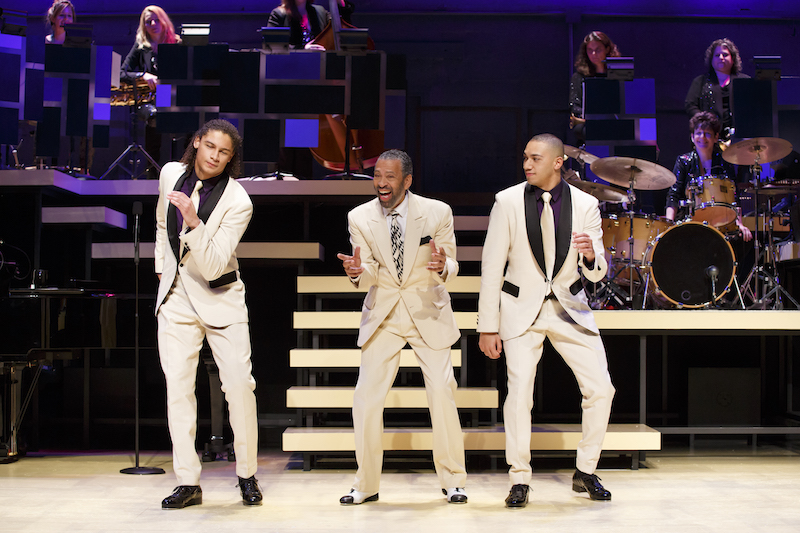
“No,” he said. “They were trading steps. And it was the first time the girls had done that.” He went on to speak of the kind of dancers he and his brother once were and of some of the dancers they had looked up to:
“Greg and I were basically hoofers, dancing from the knees down. One dancer I idolized was Fayard Nicholas; Greg liked Harold. But I really wanted to dance like Teddy Hale.” (From Brian Seibert's account of Hale dancing on television in 1949, contained in Seibert's new tap history, “What the Eye Hears”: “After about thirty seconds, the band cuts out. Hale unwinds skeins of variegated taps as his legs trace figure eights; he makes a gift of really wrapped three-a-break steps; he tosses off a crunchy, astonishing self-lassoing tap turn; and he does a bit seated in a chair, his arms folded cheekily across his chest — all in a minute and a half.”) Hines continued: “Savion [Glover] does the style I do, which developed from John Bubbles: the rhythm style. The most spectacular style was Baby Laurence's, but I can't tap to Charlie Parker [as Laurence did].”
As far as composer-musicians Hines most appreciates for his own dancing, he named, first, Erroll Garner (“I had a company — Ballet Tap USA — and we had a 15-minute piece to Erroll Garner”), followed by Louis Armstrong, Earl Hines, and Duke Ellington.”
All the men in the career of the Hines brothers notwithstanding, Maurice emphasized that his and Gregory's mother, Alma Iola Lawless Hines, was the muse and the locomotive for the sucesses of her children. “She was the one person that made all of this happen. . .because she had the vision for her sons,” Hines's script reads. “My father went along for the ride, but she had the vision.”
Share Your Audience Review. Your Words Are Valuable to Dance.
Are you going to see this show, or have you seen it? Share "your" review here on The Dance Enthusiast. Your words are valuable. They help artists, educate audiences, and support the dance field in general. There is no need to be a professional critic. Just click through to our Audience Review Section and you will have the option to write free-form, or answer our helpful Enthusiast Review Questionnaire, or if you feel creative, even write a haiku review. So join the conversation.







